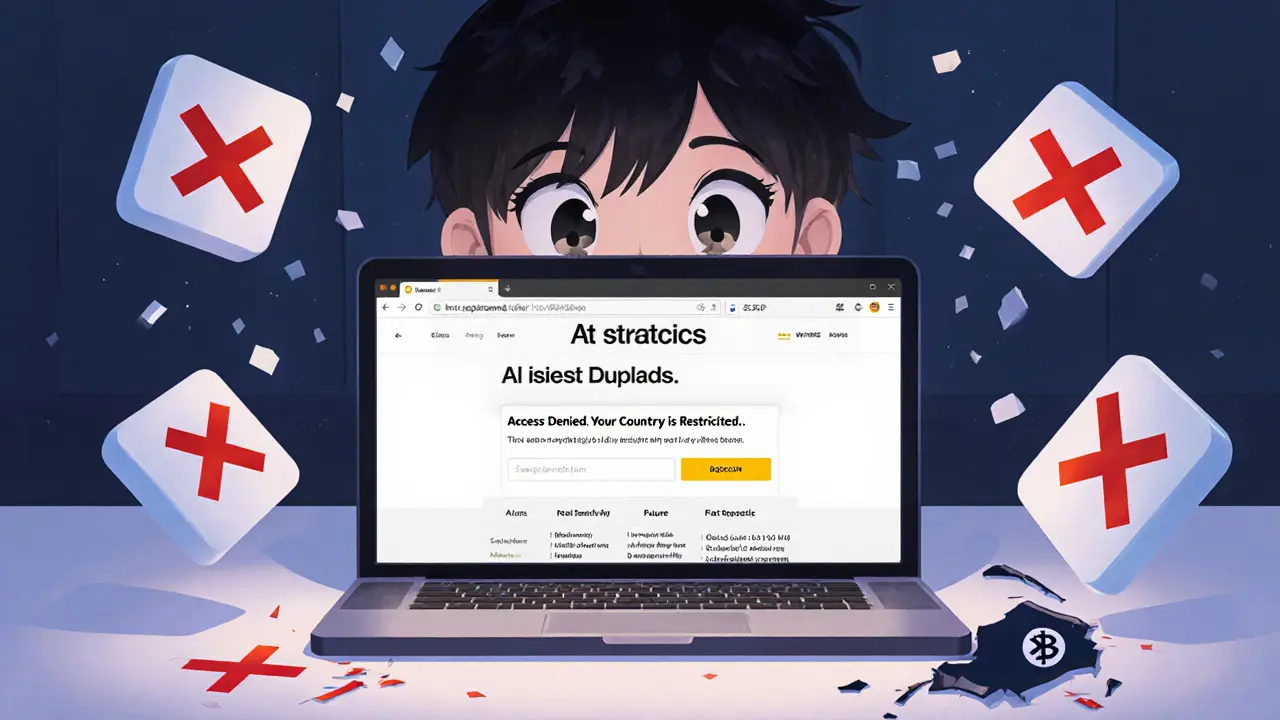Binance Trading Restrictions: What You Can and Can't Do
When you trade on Binance, the world’s largest cryptocurrency exchange by volume. Also known as Binance.com, it lets you buy, sell, and swap hundreds of coins—but only if you’re in a region they allow and follow their rules. Binance doesn’t just set prices; it decides which coins stay on the platform, who can trade them, and under what conditions. That’s where trading restrictions, limits placed by Binance on certain assets, users, or regions come in. These aren’t random. They’re tied to legal pressure, compliance risks, or market instability.
For example, restricted assets, cryptocurrencies Binance removes or limits due to regulatory concerns like privacy coins (Monero, Zcash) or low-liquidity tokens (think RP1 or ARX) often vanish from spot trading. Some users can’t even deposit or withdraw certain coins after a restriction. In places like the U.S., U.K., or Australia, Binance limits access to derivatives or leverage trading entirely. Even your wallet address might get flagged if you’re moving funds from a known risky contract. It’s not about distrust—it’s about avoiding fines. Binance has paid over $4 billion in penalties since 2021 for failing to follow AML rules, and they’ve tightened controls ever since.
These restrictions don’t just affect big traders. If you’re holding a meme coin that suddenly gets delisted, or if you’re in a country where Binance shuts down fiat on-ramps, your access changes overnight. You might lose the ability to trade, withdraw, or even view your balance. And while Binance doesn’t always announce restrictions ahead of time, they often signal them through updates to their compliance, the system of rules and checks Binance uses to follow global laws policies or by removing tokens from their listing page without warning. That’s why you’ll find posts here about shady tokens like Darkpino or ArbiDex—these are exactly the kinds of coins that get pulled when regulators crack down.
What you’ll find below isn’t a list of banned coins. It’s a collection of real cases where users got caught off guard—whether by a sudden trading limit, a regional ban, or a token that vanished from their portfolio. Some posts explain how to spot early signs of a restriction. Others show what happened when Binance cut off access in Indonesia or Egypt. There’s even a guide on how to trade safely when your favorite exchange starts tightening the screws. These aren’t theories. They’re stories from traders who learned the hard way. If you’re using Binance, you need to know what’s coming next—not just what’s already happened.
